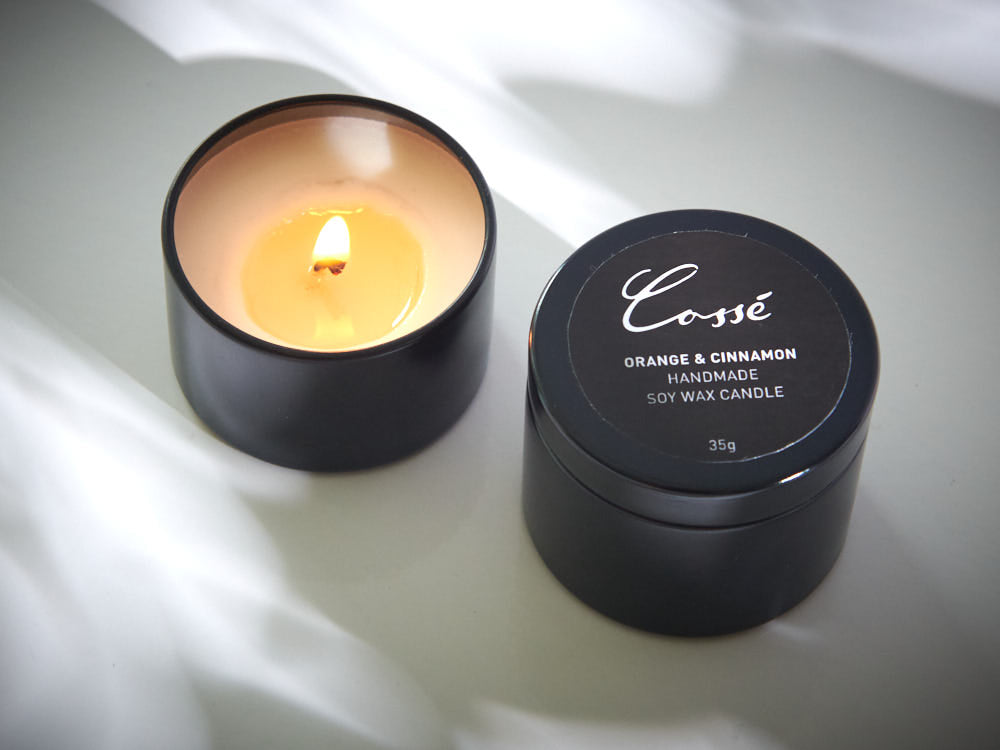Discover the Globe of Crystal Soy Candles and Home Fragrance Thrills
Discover the Globe of Crystal Soy Candles and Home Fragrance Thrills
Blog Article
From Wick to Wax: Understanding the Chemistry Behind Soy Wax Candles and Their Environmental Effect
As we brighten our areas with the warm glow of candle lights, there exists a world of detailed chemistry behind the seemingly simple act of lighting a soy wax candle. The selection in between soy and paraffin wax expands past simple looks, diving into the realm of environmental effect and the really structure of the materials. Understanding the molecular structure of soy wax and its combustion process loses light on the exhausts launched right into our environments. Join us as we unravel the clinical complexities behind soy wax candle lights and discover their ramifications on our environment.
Soy Wax Vs. Paraffin Wax
When contrasting soy wax and paraffin wax for candle making, it is vital to comprehend the unique features and benefits of each material. Soy wax is a natural, sustainable source obtained from soybean oil, making it environment-friendly and naturally degradable - candles. In contrast, paraffin wax is a result of petroleum refining, which elevates problems concerning its environmental influence and sustainability
Soy wax candles burn cleaner and release less residue compared to paraffin wax candle lights, making them a much healthier selection for interior air quality. Additionally, soy wax has a reduced melting point, permitting a longer-lasting candle light that disperses scent better. Paraffin wax, on the various other hand, has a tendency to shed faster and less cleanly, potentially launching unsafe chemicals right into the air.
From a sustainability viewpoint, soy wax is preferred for its biodegradability and renewable sourcing, lining up with the expanding customer choice for eco mindful items. While paraffin wax has been a standard choice in candle light making due to its affordability and convenience of usage, the change towards eco-friendly choices like soy wax is getting energy in the sector.
Chemical Structure of Soy Wax

Burning Process in Soy Candles
The chemical make-up of soy wax straight affects the combustion process in soy candles, influencing variables such as shed time, scent release, and ecological impact. When a soy candle light is lit, the warmth from the fire thaws the wax near the wick. This liquid wax is then created the wick as a result of capillary action. As the liquid wax reaches the fire, it goes through and evaporates burning. The combustion procedure involves the vaporized hydrocarbons in the wax reacting with oxygen in the air to produce warmth, light, water vapor, and carbon dioxide.
The burning effectiveness of soy candles is influenced by the purity of the soy wax and the top quality of the wick. Furthermore, soy wax candles have a lower ecological impact compared to paraffin candles due to their eco-friendly and renewable nature.

Ecological Advantages of Soy Wax

Taken into consideration a sustainable alternative to conventional paraffin wax, soy wax supplies notable ecological benefits that make it a preferred option among eco-conscious customers. Soy wax burns cleaner and produces much less soot than paraffin wax, contributing to much better indoor air quality and lowering the need for cleaning and maintenance. Overall, the ecological advantages of continue reading this soy wax align with the growing demand for lasting and green products in the read market.
Recycling and Disposal Factors To Consider
Reusing and correct disposal of soy wax candles play an essential role in maintaining environmental sustainability and minimizing waste in homes and communities. When it comes to recycling soy wax candle lights, the initial step is to guarantee that the candle has shed completely.

In terms of disposal, if recycling is not an option, soy wax candle lights are eco-friendly and can be securely taken care of in a lot of house waste systems. Nonetheless, it is constantly recommended to check with local recycling centers or waste monitoring solutions for details guidelines on candle disposal to ensure appropriate handling and environmental protection.
Conclusion
In final thought, the chemistry behind soy wax candles discloses their ecological advantages over paraffin wax candle lights. Soy wax, stemmed from soybean oil, burns cleaner and creates less residue when compared to paraffin wax. The burning process in soy candles is more reliable, leading to a longer and a lot more also melt. In addition, soy wax is renewable and biodegradable, making it an extra lasting choice for candle production. Reusing and proper disposal of soy wax candles better add to their environmental see here now influence.
When contrasting soy wax and paraffin wax for candle production, it is essential to understand the distinct features and advantages of each material (soy wax candles).Soy wax candles melt cleaner and discharge less residue compared to paraffin wax candles, making them a much healthier choice for indoor air high quality.Considered a lasting alternative to typical paraffin wax, soy wax supplies significant ecological advantages that make it a prominent selection among eco-conscious customers. Soy wax burns cleaner and generates less soot than paraffin wax, adding to better interior air top quality and lowering the demand for cleansing and maintenance.In verdict, the chemistry behind soy wax candle lights reveals their environmental benefits over paraffin wax candles
Report this page